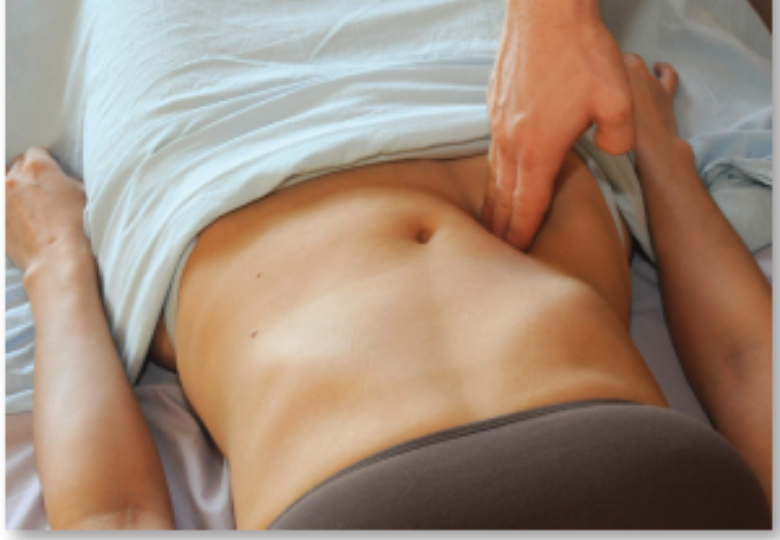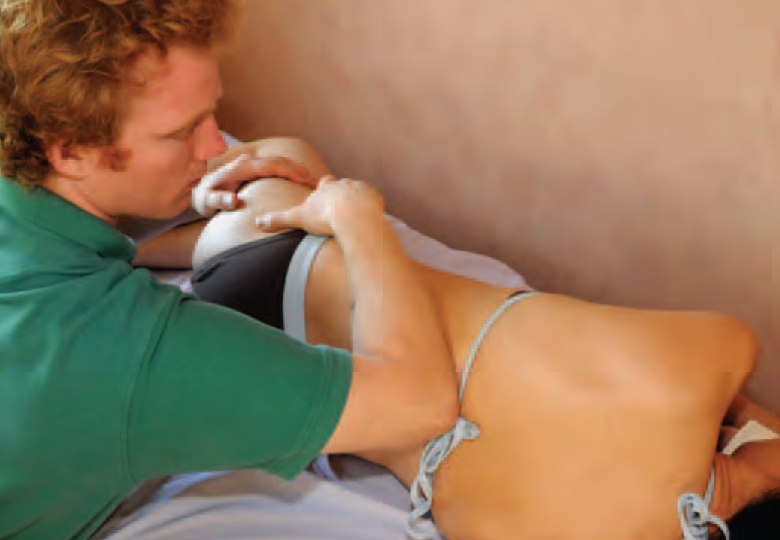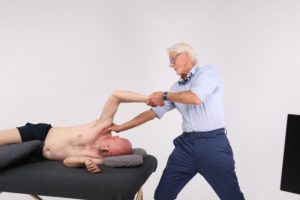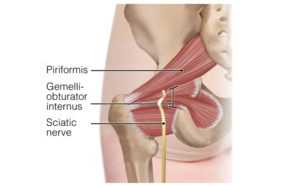The following is an excerpt written by Art Riggs from chapter #1 of Erik Dalton’s book, Dynamic Body: Exploring Form Expanding Function, which features guest contributions from some of the leading thought leaders and practitioners in the massage profession. The rest of the chapter can be read in the Dynamic Body textbook, available as part of the Dynamic Lower Body home study course or as a standalone purchase.
Guidelines To A Pain-Free Approach
Use minimal lubrication.
Imagine trying to turn a doorknob with your hands covered in oil. You need to exert much more effort to accomplish a relatively easy task. The goal of most deep structural work is to stretch short tissue rather than just applying pressure and squeezing. When you use too much lubrication, you must apply significantly more unpleasant pressure in order to grab and release adhesions and other holding patterns.
Move slowly.
Most often, when people complain of painful bodywork, the practitioner is using strokes that move faster than the tissue can adapt. Imagine that you are pushing a very heavy boat away from a dock. It takes a while to conquer inertia with slow, steady pressure. When you feel the tissue releasing – the “melt” – lighten your pressure, and let the tissue dictate the depth and direction of release.
Pace your sessions.
One of the considerations of intense work is the effect it has of stimulating the sympathetic nervous system. After the release that comes with such work, I always leave time for more nurturing and gentle work, to return the entire nervous system to balance and part on relaxed terms, both emotionally and physically.
Communicate and negotiate.
I learn a great deal when I go to yoga classes. As I look around the room, I see people who appear to be warming up for their primary jobs as contortionist for Cirque du Soleil. In some poses, when I’m sweating bullets and considering crying out that I confess to uncommitted crimes, the teacher will sometimes let the class know that “we only have 30 seconds left.” Suddenly, my perception of overwhelming pain dissipates as I realize that an end is in sight. I relax and move to a new level of release.
When you feel that your clients are working with you for important release, but are “on the edge,” let them know that you are aware of and grateful for their cooperation, and that relief is around the corner. The very tension of conscious withholding is often the last obstacle in the way of dramatic and lasting change. Lightening up in force and speed may be all that is necessary to achieve that last release, where clients voluntarily let go of chronic tension.
Sink somewhat vertically until you feel resistance, then move in a very oblique angle to stretch tissue.
One of the biggest errors I see is when therapists attempt to sink and work at the same time, without allowing the client’s body to adjust. This action can cause the body to push you out before you even encounter the deep areas of holding. Instead of attempting to work as you sink, I recommend first sinking vertically through superficial tissue until you encounter resistance. Then, alter your direction obliquely to work with the tissue. Once you start to work obliquely, only apply as much force as necessary to grab the tissue and stretch it.
A common error is to applying too much pressure, so that the muscles actually contract out of discomfort, thus negating your efforts to teach them to relax and lengthen. When pulling a rope in a tug of war, you only need to exert enough force with your hands to keep the rope from sliding – any extra pressure on the rope is wasted effort and detracts from your goal of pulling the rope. When stretching short fascia or muscles, only apply as much pressure as is necessary to grab the layer you are concentrating on, and then move in a slow oblique direction to lengthen the tissue.
Allow for rest.
A friend once gave me some excellent advice from a Buddhist teacher: “In life, as in music, the rests are as important as the notes.” I apply this wisdom to my sessions. Intense work has a cumulative drain upon the nervous system and the energy of the client to cooperate. When performing intense work, I give frequent short breaks during which I interrupt contact, lighten my touch, or do “feel good” work to nearby areas. This allows for a rest and the chance to evaluate, appreciate, and solidify the good work you have performed. It is difficult for the “gelatin” to set if it is constantly stirred.

The non-working hand provides a nurturing connection while the palm of the primary hand rests comfortably on the superficial abdomen. The bent fingers have the ability to easily sink to the level of the psoas, where individual fingers can differentiate specific areas of tightness.
Begin working in less sensitive areas and work toward the core of holding.
The areas that need the most work are often the most defensive and have a lower pain threshold. You can gain the trust of your client by starting your work at the periphery and extending the relaxed area into the core of holding, rather than beginning at the epicenter. (Image 2.)

Use both hands and contact large areas.
Use your non-dominant hand to broaden your contact. This gives the brain some other input to consider and can actually focus attention away from sensitive areas.
Work in the direction of muscle lengthening.
Students often cling to earlier training in Swedish or Esalen massage, which emphasizes working in the direction of venous return. These techniques, however, may conflict with therapeutic goals of distracting joints and lengthening muscles away from their origins. I ask my students to instead apply pressure in the direction of muscle lengthening, and they are always surprised how much more comfortable the stroke feels. When therapists apply significant force in the direction of lengthening to the IT band, or to muscles such as the quadriceps, hamstrings, rotators, and gluteals, the tissues can stretch and relax, rather than buckling into a shortened position. This approach also has the educative neurological benefit of teaching muscles to lengthen.
Anchor and stretch strokes.
Stroking in the direction of lengthening is often a useful strategy to educate muscles to relax and lengthen. Sometimes, however, the muscle’s tension is a result of localized specific adhesions that require very focused and precise attention. Imagine a knot in a rubber band: Broad and long strokes will stretch the rubber band, but the tight areas will remain tight and knotted.



About the author

Art Riggs, CMT is a Certified Advanced Rolfer® and massage therapist who has been teaching bodywork since 1988. For the first 10 years of his career, Riggs specialized in myofascial release at a physical therapy clinic, where he cultivated an interest in the treatment of injuries. He has worked with Olympic athletes, as well as professional football players, basketball players, dancers, and musicians to treat injuries and improve performance. Riggs has been teaching deep tissue massage therapy for 20 years and has led workshops for health spas and physical therapists. He has also assisted in various Rolf trainings, primarily with Michael Salveson, Jan Sultan, and Jeff Maitland. In addition, Riggs established the deep tissue massage program at the McKinnon Institute in 1989, and he currently leads an 80-hour deep tissue certification program at the San Francisco School of Massage. Riggs is the author of Deep Tissue Massage – A Visual Guide to Techniques and the DVD Deep Tissue Massage – A Video Guide to Techniques. He has written numerous articles for massage publications and co-authored a chapter on myofascial release in Modalities for Massage and Bodywork. Riggs maintains a Rolfing practice in Oakland, California. www.deeptissuemassagemanual.com
On sale this week only!
Save 25% off the Posture Pain Performance course!

NEW! USB version with enhanced video
Discover the foundational principles behind MAT technique as we take you on an in-depth look at the connection between pain, posture and function. Save 25% off the Posture Pain Performance course this week only. Offer expires Monday April 22nd. Click the button below for more information and to purchase the course. Upon completion receive 20CE hours and a certificate of completion to display in your office.
Bonus: Order the Home Study version and receive the e-Course for FREE!





